So -- what next?
palimpsest
14 years ago
Related Stories
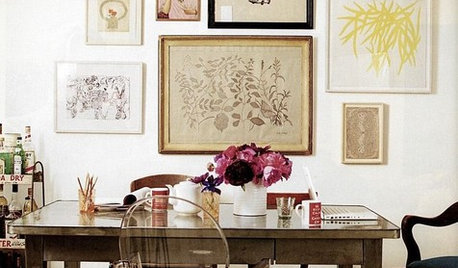
DECORATING GUIDESSo Your Style Is: Eclectic
This playful, personal home design style shakes up conventions and bridges the gap between other looks. Here's how to master the mix
Full Story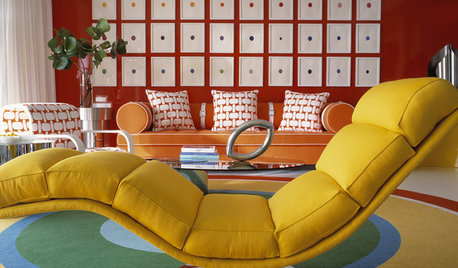
DECORATING GUIDESSo Your Style Is: Colorful
Somewhere over the rainbow are rooms as vivid and unique as you are. Here's how to make the colorful look work like a charm
Full Story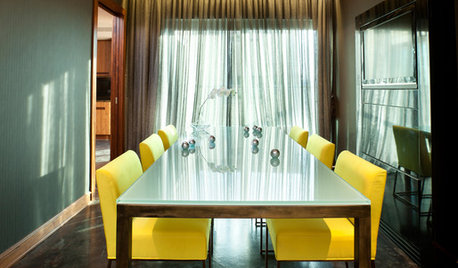
COLOR2012 Design Forecast: Not-So-Mellow Yellow
Brilliant, cheerful yellows are on-trend in a big way — learn how to layer them into your home
Full Story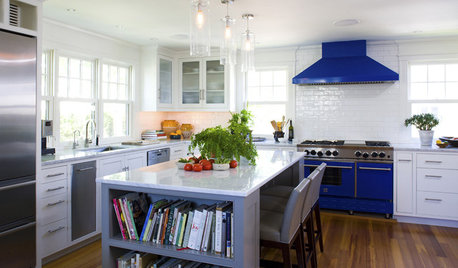
KITCHEN DESIGNSo Over Stainless in the Kitchen? 14 Reasons to Give In to Color
Colorful kitchen appliances are popular again, and now you've got more choices than ever. Which would you choose?
Full Story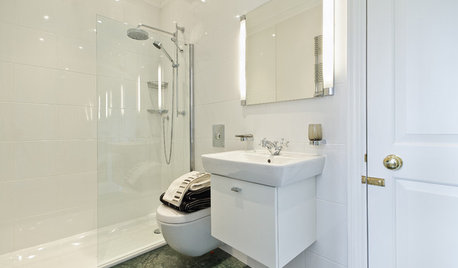
BATHROOM DESIGN9 Ways to Create a Not-So-Standard Bathroom
Make a small bath more interesting with color contrast, natural light, bright tile, transparency and more
Full Story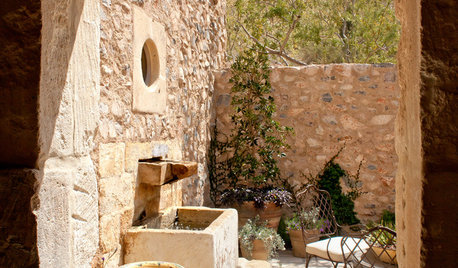
DECORATING STYLESSo Your Style Is: Tuscan
Bring the vitality and warmth of the Italian countryside to your home with Tuscan textures, colors and materials
Full Story
GARDENING FOR BUTTERFLIES3 Ways Native Plants Make Gardening So Much Better
You probably know about the lower maintenance. But native plants' other benefits go far beyond a little less watering and weeding
Full Story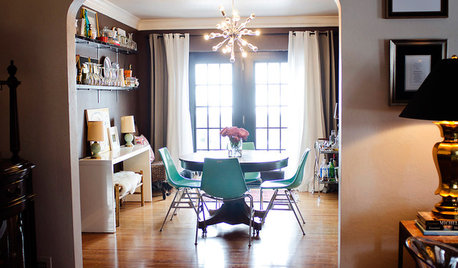
LIFESo You're Moving In Together: 3 Things to Do First
Before you pick a new place with your honey, plan and prepare to make the experience sweet
Full Story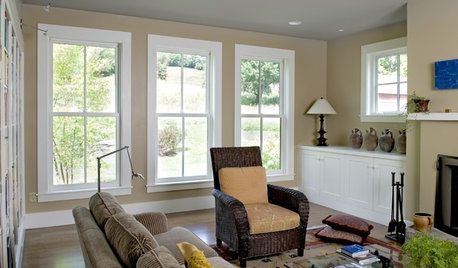
LIGHTINGSo You Bought a Cave: 7 Ways to Open Your Home to Light
Make the most of the natural light your house does have — and learn to appreciate some shadows, too
Full Story
FUN HOUZZSo Your Style Is: Sci-Fi Past and Future
Are you more likely to search for design ideas at Comic-Con than High Point Market? If so, the future of decorating is yours
Full StoryMore Discussions






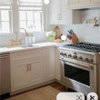

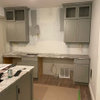
palimpsestOriginal Author
dianne47
Related Professionals
Freehold Kitchen & Bathroom Designers · Broadlands Kitchen & Bathroom Remodelers · Sicklerville Kitchen & Bathroom Remodelers · Trenton Kitchen & Bathroom Remodelers · Plant City Kitchen & Bathroom Remodelers · Fairmont Kitchen & Bathroom Remodelers · Cave Spring Kitchen & Bathroom Remodelers · Alafaya Cabinets & Cabinetry · Maywood Cabinets & Cabinetry · National City Cabinets & Cabinetry · North Massapequa Cabinets & Cabinetry · North New Hyde Park Cabinets & Cabinetry · Elmwood Park Tile and Stone Contractors · Hermosa Beach Tile and Stone Contractors · Schofield Barracks Design-Build FirmsCircus Peanut
ellabee_2016
ellabee_2016
palimpsestOriginal Author
marthavila
ellabee_2016
marcolo
ellabee_2016
palimpsestOriginal Author
chicagoans
plllog
Circus Peanut
User
palimpsestOriginal Author
amck2
plllog
palimpsestOriginal Author
lucretzia
biochem101
morgne
Buehl
artemis78
reyesuela
reyesuela
Buehl
palimpsestOriginal Author
lucretzia
artemis78
sochi
amberley
eks6426
formerlyflorantha
Susan
night_jasmine
Buehl
jakkom
cheri127
bibliomom
palimpsestOriginal Author
3katz4me
palimpsestOriginal Author
lisa_a
plllog
artemis78
plllog
reyesuela
artemis78
formerlyflorantha